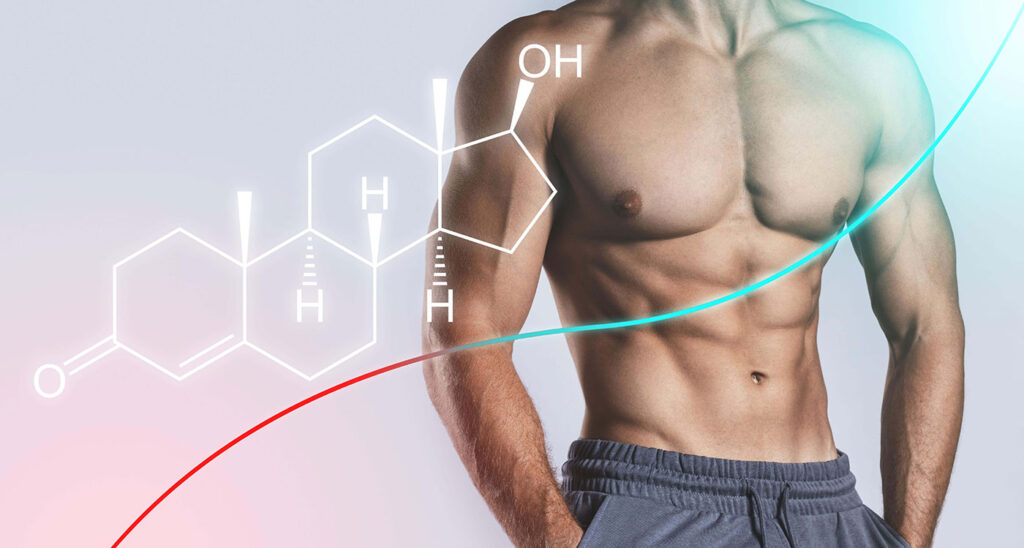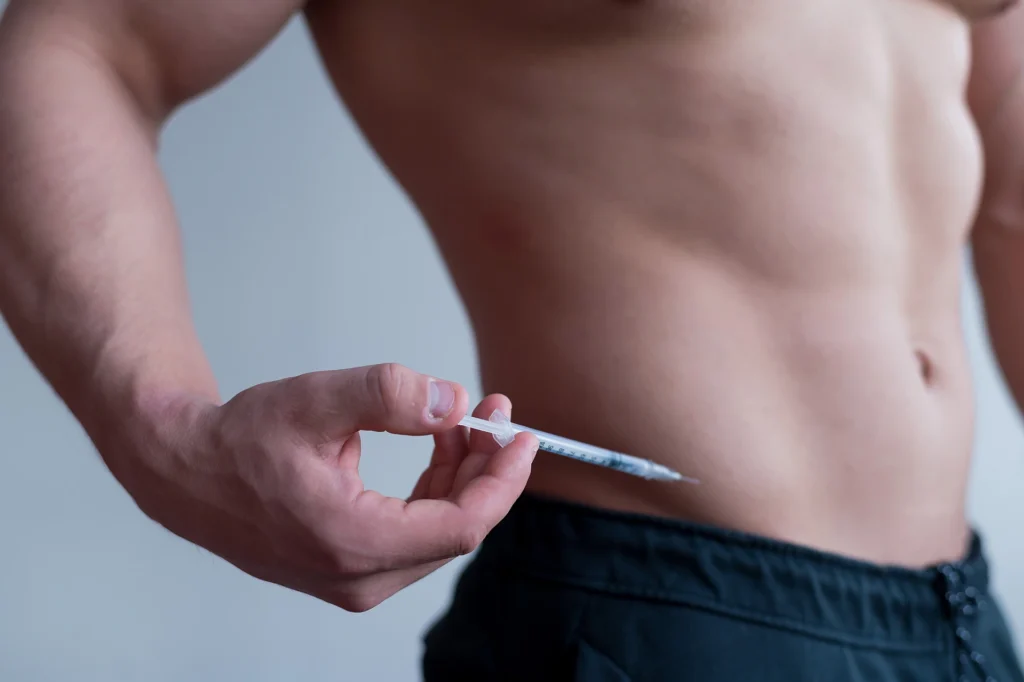
Introduction to Testosterone Therapy

Testosterone therapy has become a hot topic in recent years, drawing attention from men and women alike. As our understanding of hormones deepens, more people are seeking answers about how testosterone affects their health and well-being. Low testosterone levels can contribute to fatigue, mood swings, and even changes in sexual function. But what exactly is testosterone therapy? How does it work? And who should consider it?
In this essential guide, we’ll explore the ins and outs of testosterone therapy—unpacking its benefits, risks, and everything you need to know before starting treatment. Whether you’re curious for yourself or someone close to you, this comprehensive overview will help clarify common questions surrounding this valuable hormone replacement option. Let’s dive into what makes testosterone such an important player in your overall health journey!
Understanding Testosterone Levels and How They Affect the Body

Testosterone is a vital hormone that plays a key role in various bodily functions. It influences muscle mass, bone density, and even mood regulation.
Normal testosterone levels can vary significantly among individuals but typically range from 300 to 1,000 ng/dL for adult men. Women also produce testosterone, albeit in much lower amounts.
When levels dip below the normal range, the effects can be profound. Low testosterone often leads to fatigue and decreased motivation. You may notice reduced strength or increased body fat.
Additionally, it affects cognitive function. Men with low levels might experience memory issues or difficulty concentrating.
Understanding these dynamics is crucial for recognizing potential problems early on and seeking appropriate medical advice if needed.
Signs and Symptoms of Low Testosterone
Low testosterone can manifest in various ways, affecting both physical and mental health. Men may experience a noticeable decrease in energy levels. This fatigue can impact daily activities and overall quality of life.
Mood swings are another common symptom. Many report feeling more irritable or depressed than usual. This emotional rollercoaster can be disheartening.
Physical changes often follow as well. Reduced muscle mass and strength might become apparent, making workouts feel less effective. Additionally, fat distribution may shift, leading to increased abdominal weight.
Sexual health is significantly impacted too. Low libido is frequently reported along with difficulties achieving or maintaining erections.
Sleep disturbances like insomnia also arise for some individuals, further complicating the situation by contributing to fatigue and irritability throughout the day. Recognizing these signs early on is crucial for seeking appropriate help.
The Benefits and Risks of Testosterone Therapy
Testosterone therapy can offer significant benefits for those with low testosterone levels. It may improve energy, enhance mood, and increase muscle mass. Many individuals report better sexual function and an overall boost in confidence.
However, it’s not without risks. Some studies suggest potential links to cardiovascular issues. Men undergoing treatment might experience increased red blood cell counts, which can pose health concerns.
Another consideration is the possibility of prostate-related complications. Regular monitoring by a healthcare provider is essential to mitigate these risks.
It’s also important to recognize that individual responses can vary widely. Not everyone will experience the same advantages or side effects from therapy.
Understanding both sides helps make informed choices about managing testosterone levels effectively.
Different Forms of Testosterone Therapy
Testosterone therapy comes in several forms, allowing for flexibility based on individual needs.
Injections are among the most common methods. These can be administered at home or by a healthcare provider. They typically require timing every few weeks, depending on your specific regimen.
Transdermal patches provide another option. These patches adhere to the skin and release testosterone throughout the day. This method is discreet and easy to use.
Gels offer convenience as well. Applied daily, they absorb into the skin quickly, providing a controlled dose of testosterone without needles.
For those who prefer oral options, testosterone capsules exist but may come with varying absorption rates.
Pellets inserted under the skin can deliver steady hormone levels over several months with minimal maintenance required. Each form has its own benefits and considerations that should be discussed with a healthcare professional before starting treatment.
Finding a Qualified Healthcare Provider for Treatment
When considering testosterone therapy, finding a qualified healthcare provider is crucial. Start by looking for specialists in hormone therapy or endocrinology. These professionals have the expertise to understand your unique needs.
Check their credentials and experience. A provider who regularly administers testosterone therapy will be more familiar with the latest research and treatment protocols.
Read reviews from other patients to gauge satisfaction levels. This can provide insight into their approach and bedside manner.
Don’t hesitate to ask questions during your initial consultation. Inquire about their assessment process, potential side effects, and how they track progress over time.
Ensure that they take a comprehensive approach, assessing not just testosterone levels but overall health as well. A good practitioner should also discuss lifestyle changes alongside treatment options for optimal results.
Lifestyle Changes to Support Healthy Testosterone Levels
Making simple lifestyle changes can significantly impact testosterone levels. Start by prioritizing regular exercise. Engaging in strength training and high-intensity interval workouts not only boosts testosterone but also enhances overall fitness.
Nutrition plays a crucial role as well. Focus on whole foods rich in healthy fats like avocados, nuts, and olive oil. Incorporating lean proteins and plenty of fruits and vegetables will provide the essential nutrients your body needs.
Sleep cannot be overlooked either. Aim for 7 to 9 hours of quality sleep each night to help regulate hormone production effectively.
Managing stress is equally important; chronic stress produces cortisol, which negatively affects testosterone levels. Mindfulness practices such as meditation or yoga can reduce stress and promote hormonal balance.
Consider reducing alcohol consumption and avoiding smoking. Both habits can disrupt hormonal health over time, making it harder to maintain optimal testosterone levels.
Conclusion
Testosterone therapy can be a life-changing option for many individuals dealing with low testosterone levels. Understanding how testosterone affects the body is crucial in recognizing when it might be necessary to seek treatment. The signs of low testosterone can often go unnoticed, but they significantly impact quality of life.
Considering both the benefits and risks associated with testosterone therapy is essential before making any decisions. It’s important to explore different forms of therapy available and find a qualified healthcare provider who understands your unique needs.
In addition to medical treatments, lifestyle changes like proper nutrition, exercise, and stress management play a vital role in maintaining healthy testosterone levels. By taking these steps, you empower yourself to improve your overall well-being while navigating the complexities surrounding testosterone therapy.
Arming yourself with knowledge and support will help ensure that your journey towards optimal health is effective and tailored just for you.
Know more about testosterone therapy, click here. Visit QAWire for more men’s health updates.


